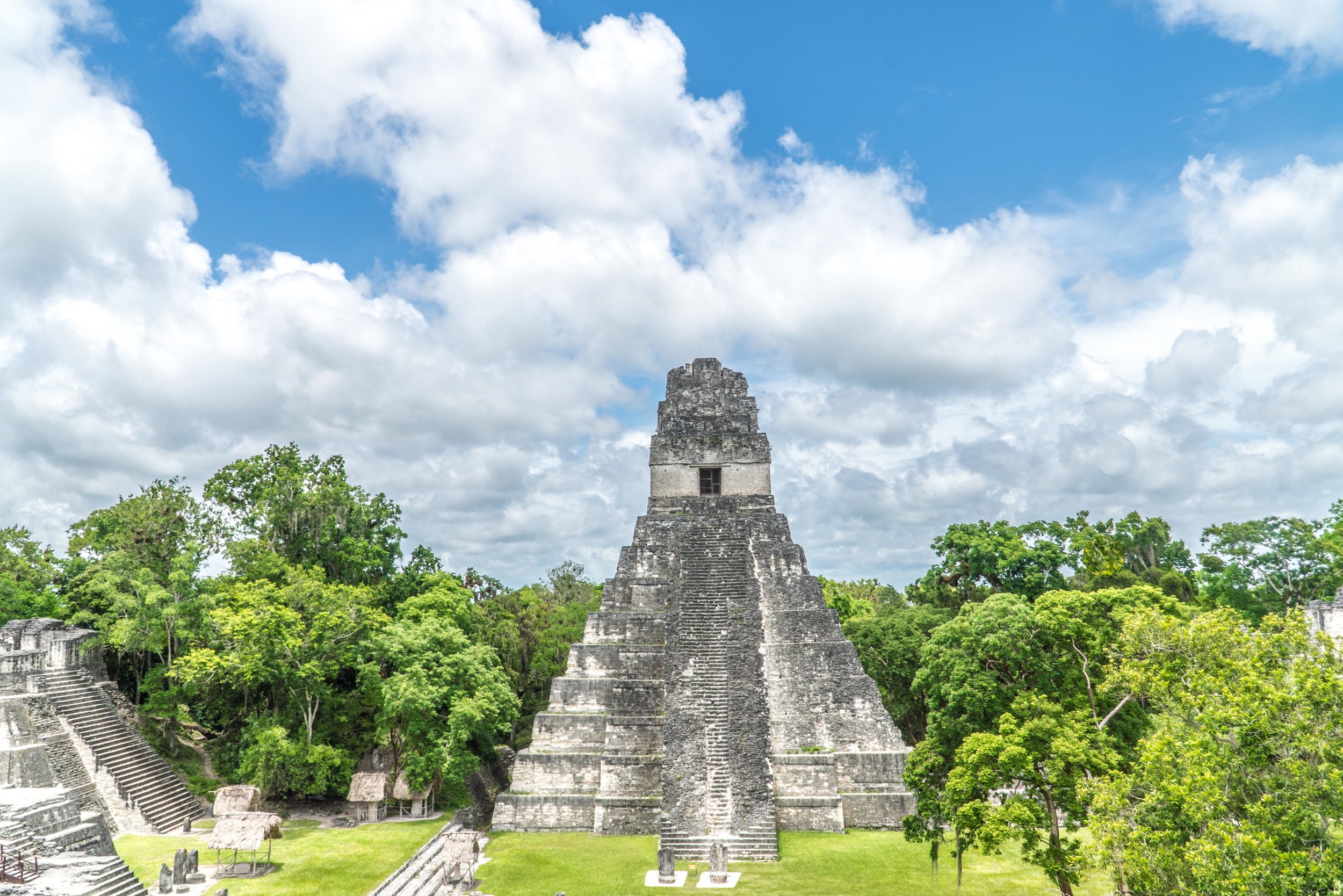Life List: Learning to Snowboard
As I slowed to a stop, I plopped into the snow, falling spread eagle and yelling expletives as loud as I could. No, I wasn't lost, nor injured (which is never out of the question when I strap on sports equipment), but rather had just ridden down my first black diamond, snowboarding down to the bottom of California's Mammoth Mountain Ski Area. I felt for a moment what Tony Stark must feel like every day. With January being Learn to Ski and Snowboard Month, a national snow sports initiative, it only seemed appropriate to share my experience learning to snowboard, since I just rode down my first black diamond this weekend, nearly two years to the month after first learning to snowboard.
Learning to snowboard was actually part of my original "30 at 30" List a couple years ago to do at least 30 new things I said I had always wanted to do, but had never done. To me, snowboarding was to winter mountain destinations what surfing was to summer beach destinations. Mastering it was kind of like the enlightenment of individual sports. Or maybe it's just because I wanted to be a bro.
However, with my track record of individual outdoor sports (spoiler alert, it's not good), I had rather low expectations of learning to snowboard, expecting that I'd do a couple days of snowboard lessons, and then have a great story, but have to ice my knees and sit on one of those inflatable ring cushions for a week, and never do it again. Now two years later and I've yet to have to ice my knees or sit on a ring cushion, and snowboarding is one of my favorite drugs hobbies.
"Snowboarding is just like riding a bike," said no one ever. Yet someone may have told you that snowboarding is like riding a skateboard. And in some of the most important ways, it is, most notably in your stance (sideways on the board) and turns. Otherwise, by and large, many of the movements in snowboarding are unnatural for most people.
Before you even strap into a snowboard, however, you'll first have to find out if you have a regular or "goofy" stance, which simply means that if you're regular, you'll be leading with your left foot, and if goofy, then your right foot. But this doesn't always have anything to do with whether you're right- or left-handed. To find this out, you can try a few different things, though the most common way is to have someone push you from behind, and the foot that braces your fall will be the one you lead with.
On paper, the principals of learning to snowboard are simple. You gain speed by pointing your snowboard down the slope, and when you're ready to turn or slow down, then you add weight onto your heels or toes and move your body toward the direction that you want to turn. As you're first learning, a good snowboard teacher won't just tell you to bend your knees and shift weight to your heels or toes as you begin to turn, but will actually hold your hands and mimic the motions as you do it.
You may think, or have even heard people say, that the skills of surfing transfer over to snowboarding. This may be true for things like balance, but it's not the case for some of the most important skills, such as pivoting and weight distribution. While you put your weight on your back foot for surfing, you always want to put your weight on the front foot when snowboarding. When first learning to snowboard, this was my biggest pitfall (literally). To correct this, I'd often put my left arm on my left knee, or grab the left side of my ski pants by my left knee to help me get use to putting weight on my front foot. After a full day of snowboarding, I may start putting weight on my back leg, which means it's time to take a break or call it a day.
However, I can write all day about the mechanics of learning to snowboard, but nothing substitutes actually getting out there and strapping in. Nonetheless, I have some additional tips and advice before you take your first snowboarding lessons, and then start snowboarding regularly (let's hope). This isn't gospel, but they are tips that I was both advised on (and that helped) and also things I've learned.
Learning to Snowboard: Tips and Tricks
1. Hire an instructor. I can't recommend this enough when learning to snowboard. This will help you more quickly and effectively learn to snowboard, plus it'll help make sure you have the right equipment and are strapped in correctly. Additionally, Learn to Ski and Snowboard Month is one of the best times to do this since a lot of ski resorts are offering snowboarding lesson discounts and packages, including a number of Northern California ski resorts, some of which are as low as $49. Finally, leave a little tip for your instructor.
2. Practice falling and getting up. If you complete your first day of snowboarding and can get all the way down the mountain without falling, then you should probably start training for the Winter Olympics. Prepare yourself that you are going to fall, and in reality, always will from time to time if you're challenging yourself to new terrain and skills. However, this is one thing you can even practice before taking ski lessons, especially getting up, both from the sitting position and lying prone.
3. Get the right equipment and gear. That is, don't go online and just start buying snowboard gear. Actually go into a snowboard shop and get properly fitted for shoes, bindings, and a snowboard. Furthermore, when you're first learning, consider getting knee pads and even padded underpants. Your knees and bottom will thank you. Also, don't go out without a helmet.
4. Learn in fresh powder. Once you learn to snowboard in fresh powder, it's hard to snowboard in anything else. It makes for soft landings, is forgiving, and helps you progress to more challenging terrain. This year is particularly a good year for skiing and snowboarding in fresh powder on the West Coast, since many ski resorts have already surpassed their snowfall totals for all of last year. Thanks El Nino!
5. Invest in good, new equipment. In other words, don't buy your boots, bindings, and snowboard off Craigslist. I made a conscious decision that if I was going to learn to snowboard, I wanted to have the best equipment that would give me the best chance to be successful. I asked around to a lot of snowboard enthusiasts and experts (and on the weekly #SnowChat on Twitter hosted by Krista Parry), such as 26-year snowboard teacher, Martin Drayton. The overwhelming consensus for my ability, height, and weight was the Never Summer Snowtrooper. Additionally, I bought a pair of Flow step-in bindings, which are just like they sound, bindings you pre-adjust, so you simply have to step into and snap to start riding.
6. Buy a season pass. If you want to properly give snowboarding a shot, I recommend going out at least 10-12 times in a season, if not more. Last year, my first winter snowboarding, I went out 10, but I really didn't feel like I got my legs underneath me until this winter, when I've been out several times and finally feel comfortable snowboarding. However, snowboarding is an expensive sport. A day ski pass at many of the top resorts start at $125. However, you can often buy a ski pass in the off-season for as little as a few hundred dollars, which will pay for itself after just a few days on the mountain. Liftopia is among the places you can get discounted lift tickets and ski passes. Costco also sells heavily discounted ski passes.
Have you snowboarded? What tips would you add?














